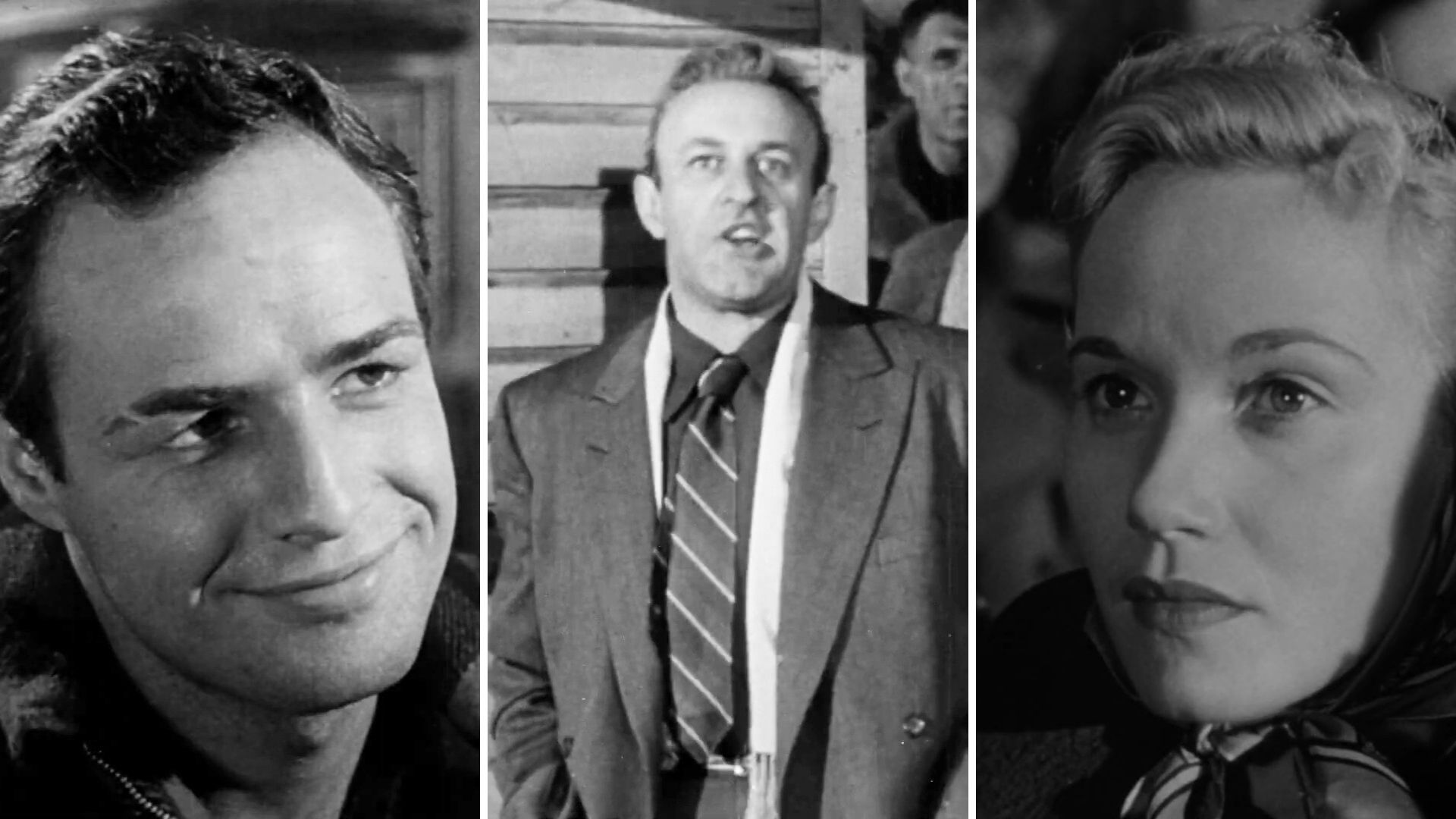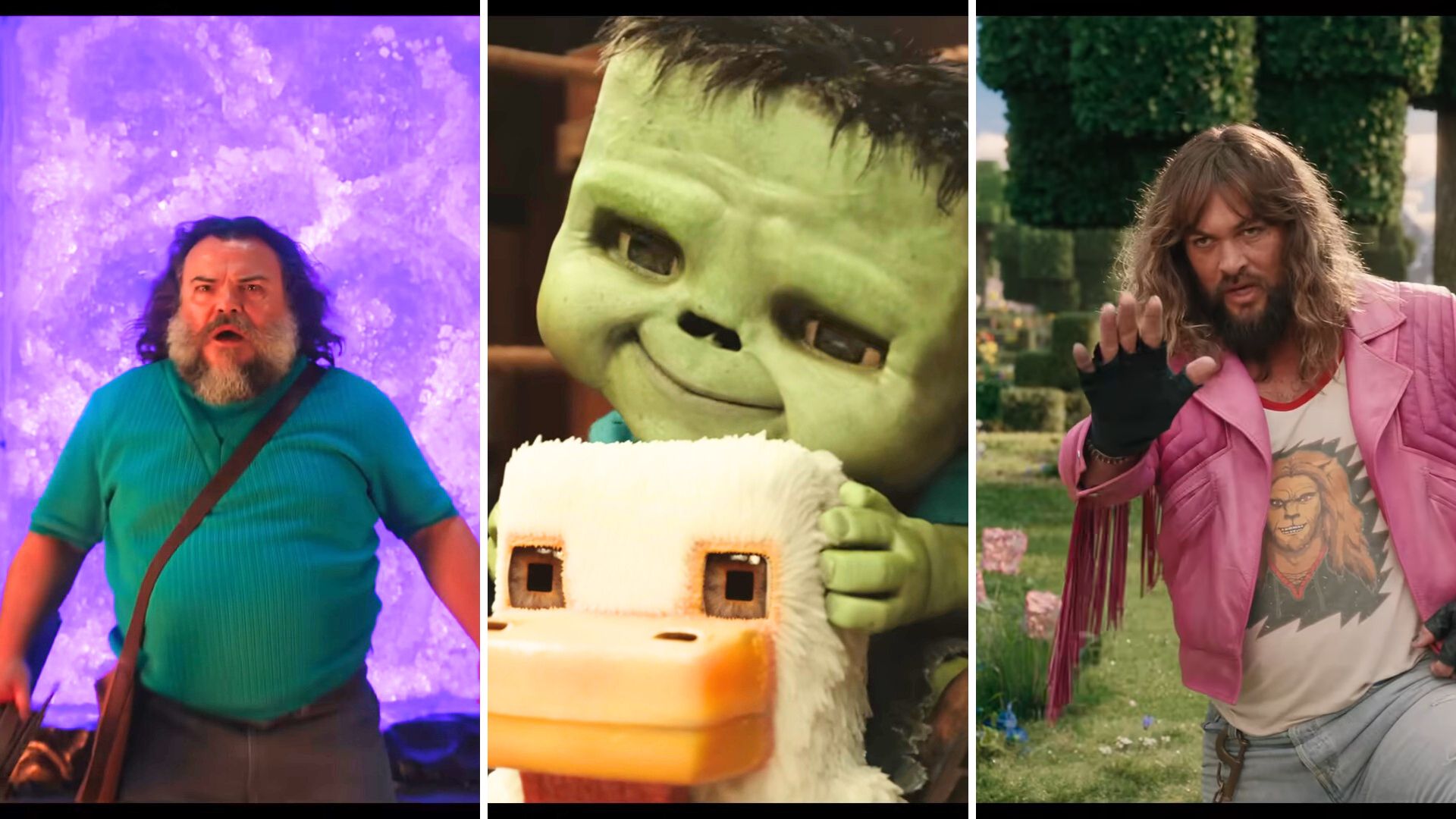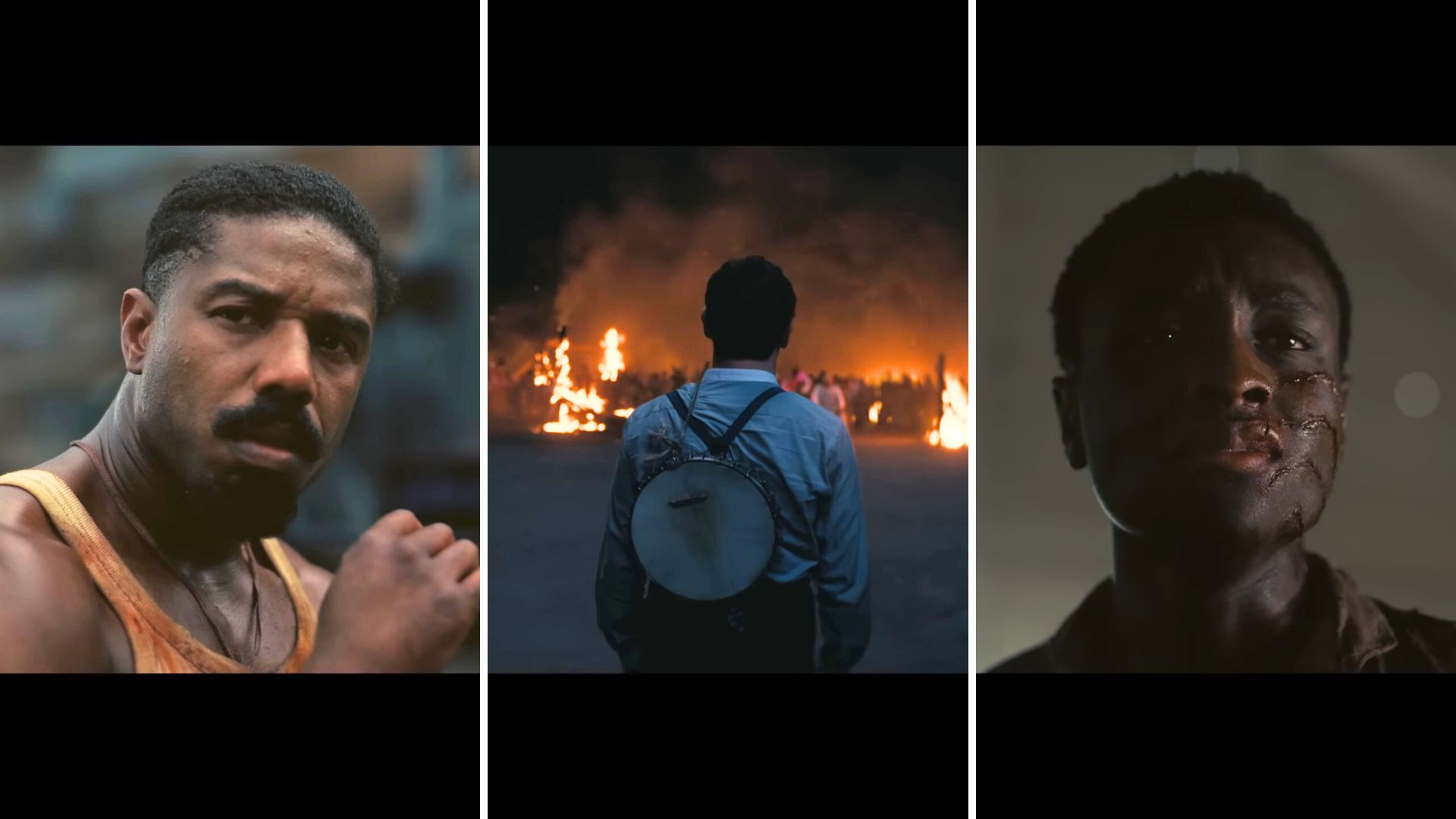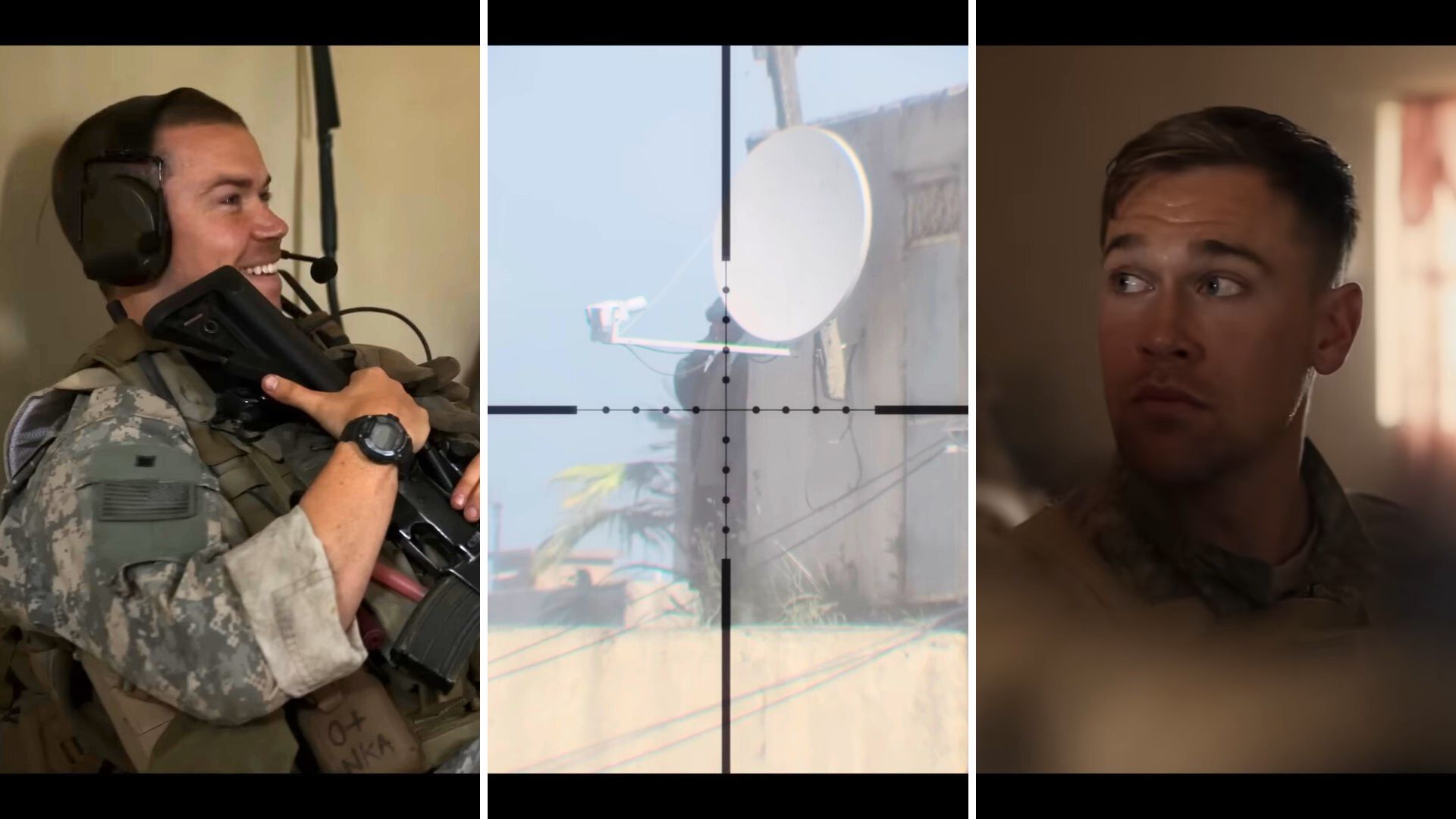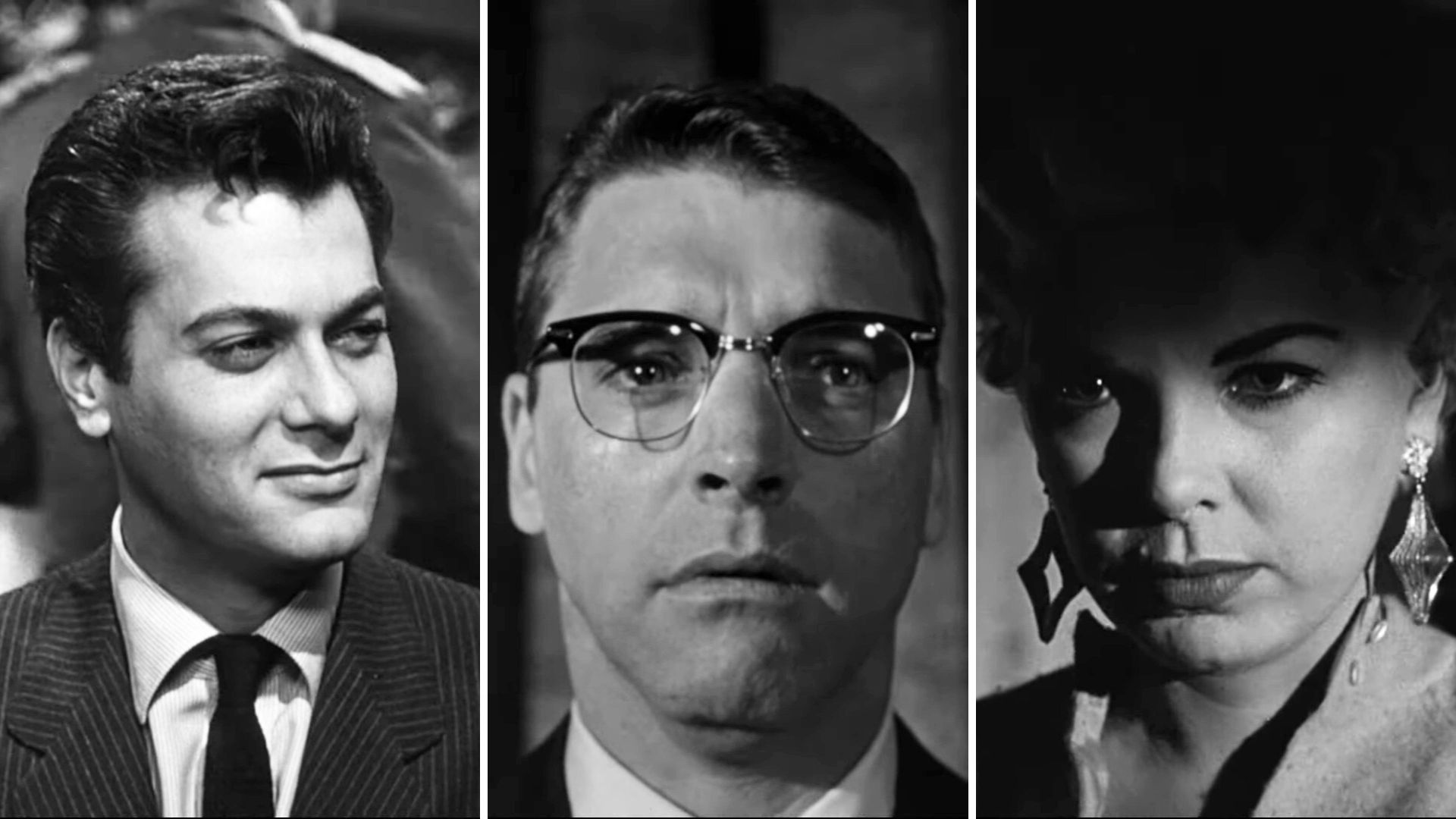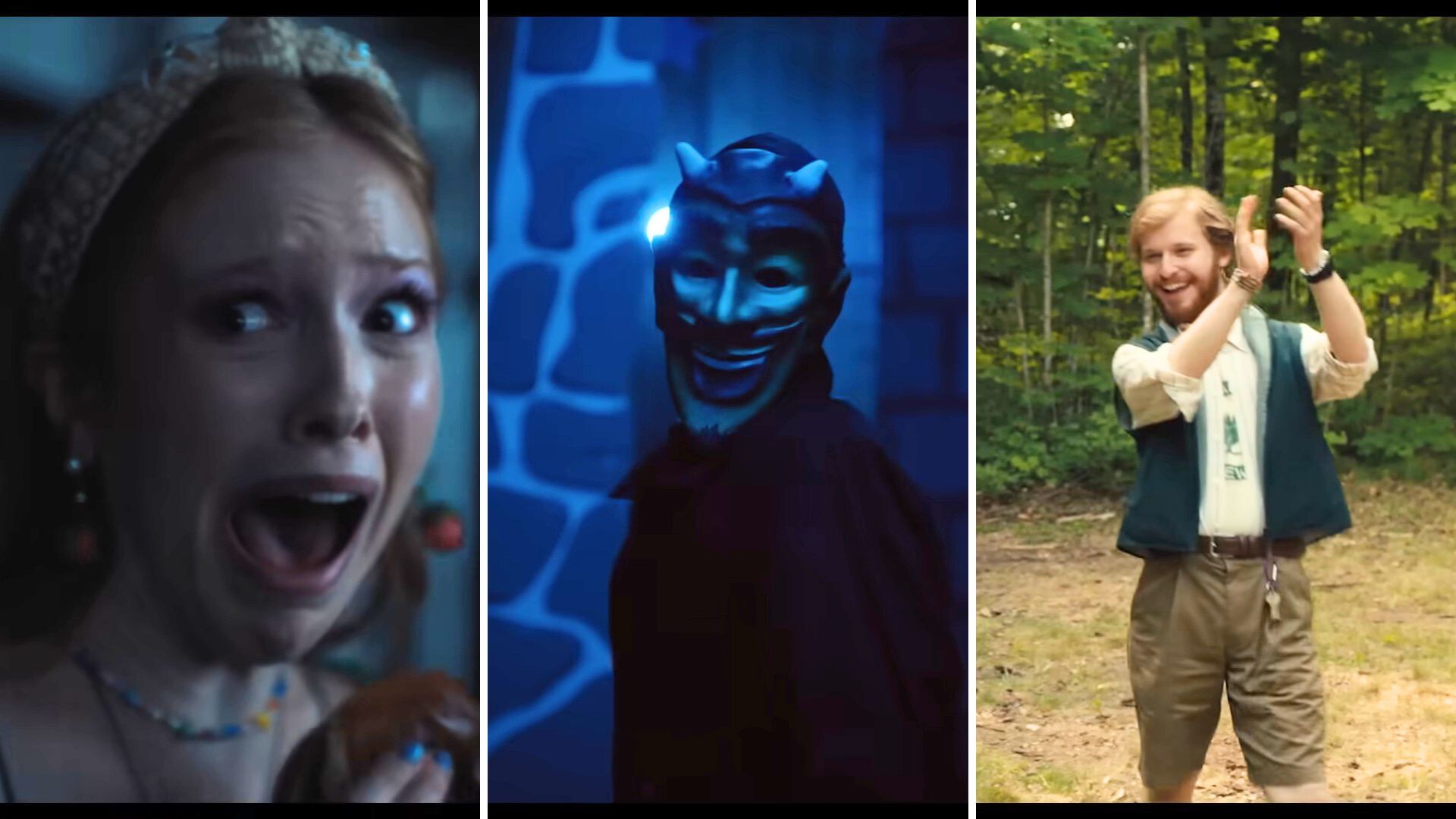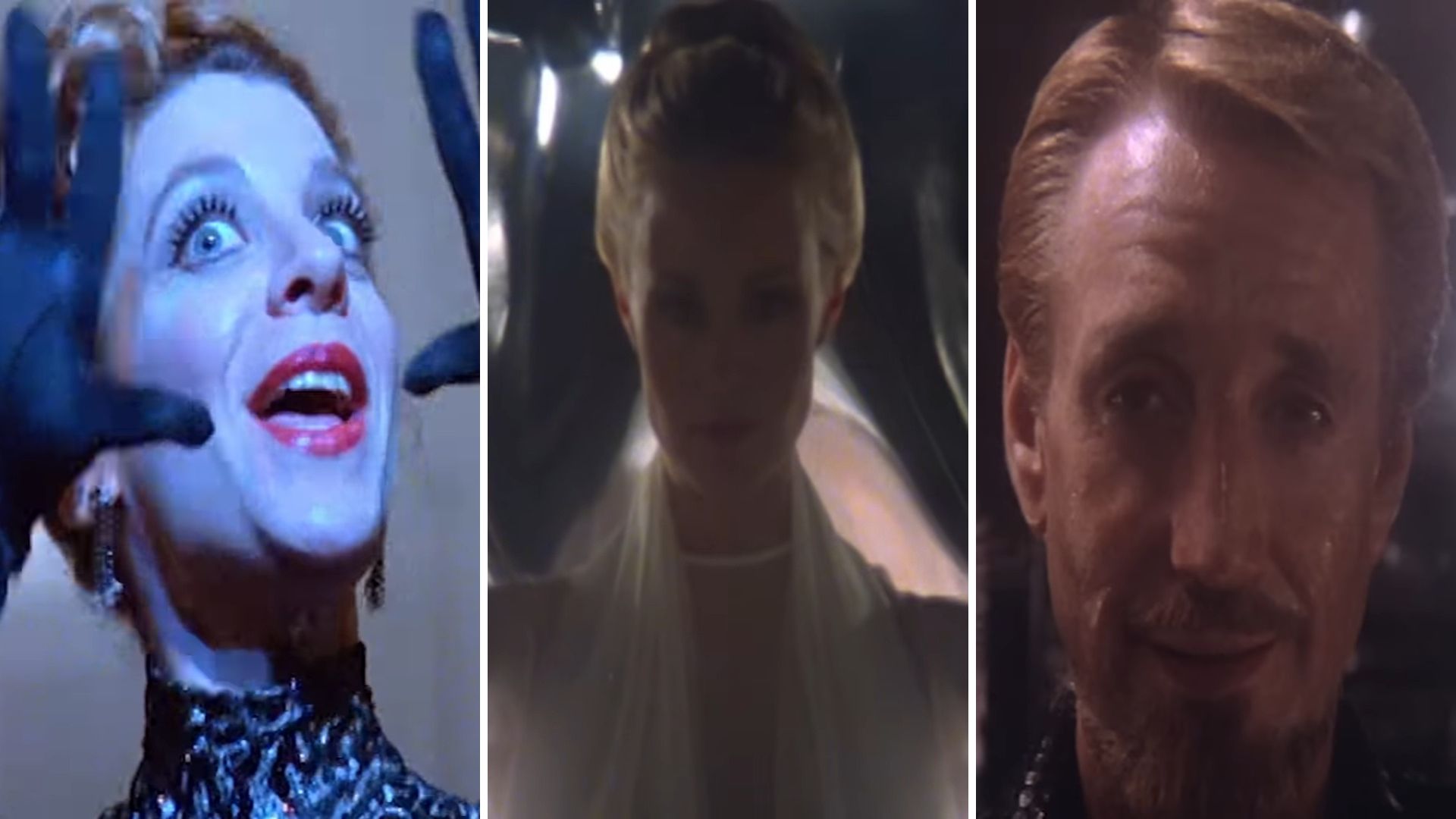
By the time All That Jazz released in 1979, Bob Fossee was already a legend of the film and play industry. He had made a name for himself acting and dancing in Hollywood musicals, winning Tonys for stage performances, and even directing the Oscar-winning film Cabaret. For Fosse’s greatest picture, though he decided to turn the camera inward, and instead of showing a stage play, he let the audience see the toll his stardom had taken on his personal life.
All That Jazz is not a direct auto-biographical film. Much like Fellini’s 8 1/2, a lot of liberties are taken in order to make a better final product. Both films are more about the broad strokes of a story than a faithful retelling of facts. But the heart and soul of Fosse are front and center in All That Jazz. And the director decides that instead of entertaining, maybe he should be reflective.
Drama Musical
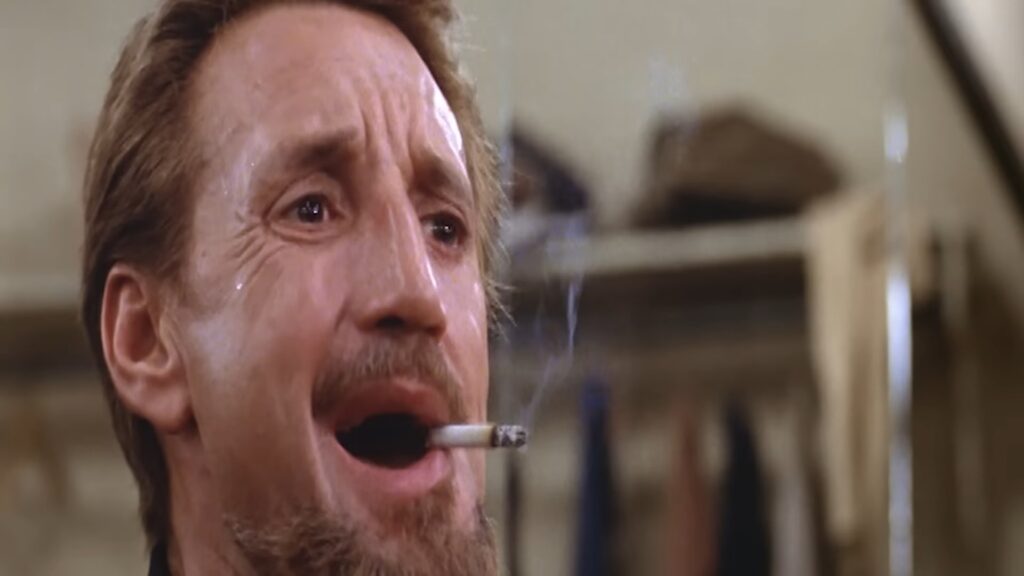
Photo Credit: 20th Century Fox
All That Jazz is a musical in the literal sense but it is smaller and more contained than the musical films Fosse was best known for. In this film Roy Schieneder stars as Joe Gideon, a director pulling double duty editing a film and working to launch a new play. It purposefully mirrors a time in Fosse’s life when he edited his Lenny Bruce film while simultaneously working on his Tony Award-winning production Chicago.
Amongst the barrage of professional duties, Gideon has a tumultuous personal life. He’s a womanizer, a girl dad to a pre-teen, and an addict. He’s rarely seen on screen without a cigarette in his mouth and a drink in his hand. He works hard and lives harder. Starting and ending every day with a cocktail of pills and booze to get him through. This pressure eventually builds too high, leaving Gideon hospitalized with heart problems. A serious ailment that Joe brushes off as effortlessly as everything else in his life.
Fast Fosse
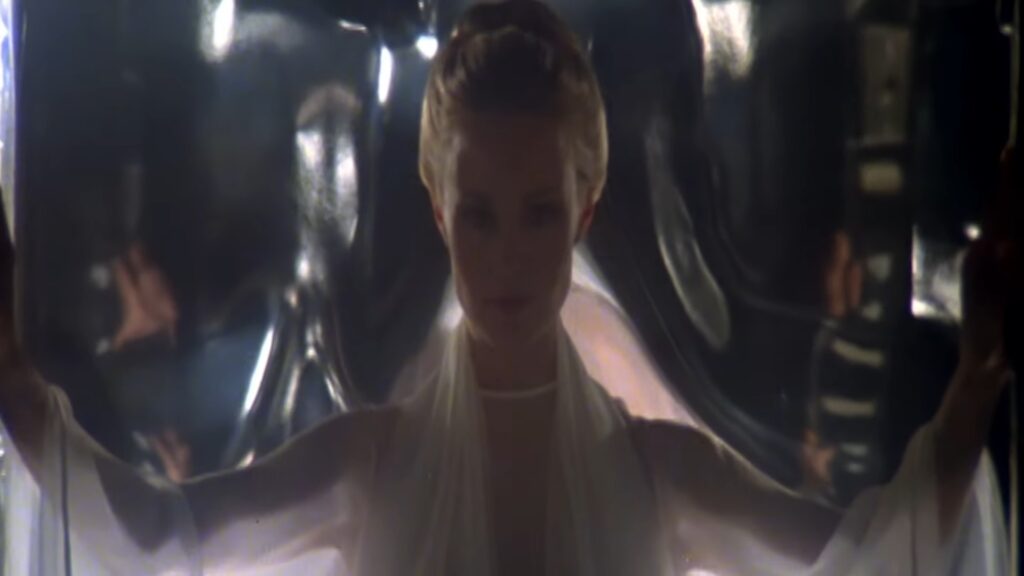
Photo Credit: 20th Century Fox
Aside from Schneider, Jessica Lange is the second-billed performer. Lange plays a mysterious woman, all dressed in white, who only appears in Joe Gideon’s strange hallucinations. Though her screen presence is minimal, her aura is present throughout the entire film. We never quite know who, or what she is. But we, like Joe, always feel her. She asks Joe questions about his life, his lovers, and his career. She wants to know the things he’s proud of and what has brought him shame. Joe is also painfully honest with the woman in white. A trait seemingly reserved for only her.
By the end of the film, we know exactly who this woman is. She is the angel of death sent to transition Joe into whatever afterlife awaits. Through this character played by the beautiful Lange, we learn more about Joe and in turn director Bob Fosse. This framing device does a great job of laying out the major themes present in All That Jazz. Mainly death. However, it also allows the director to be more vulnerable in the film than most directors would dare to be. Fosse wouldn’t pass away for another eight years but in many ways All That Jazz feels like a deathbed confessional.
The Artist Reflects
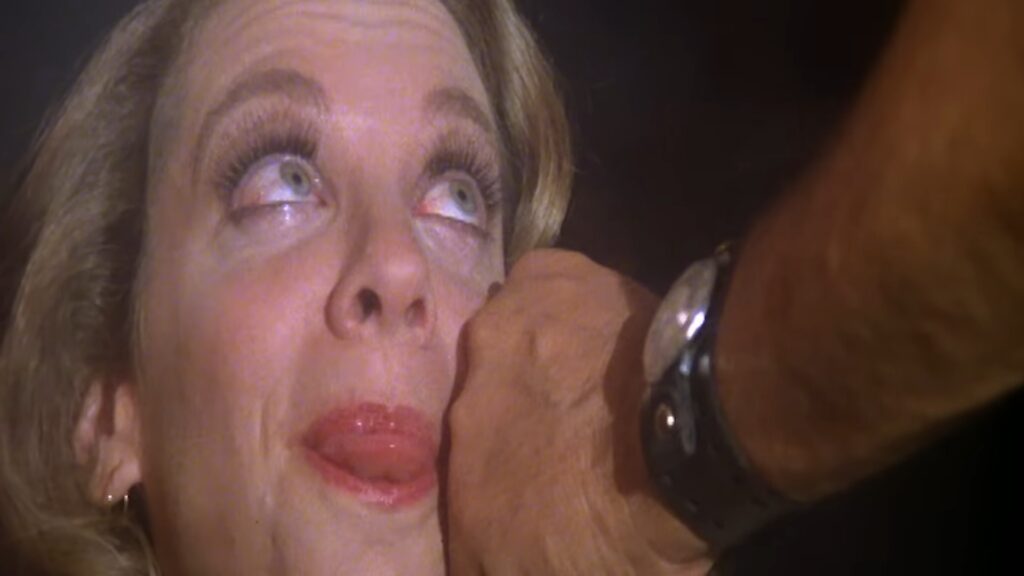
Photo Credit: 20th Century Fox
The best art is a direct representation of the artist themself. When done well, we are able to see the artist’s fingerprints all over their work yet still find something in the work that resonates with us personally. Fosse manages this brilliantly in All That Jazz. Giving the audience a peek into his darkest times, staring down death, and allowing us to commiserate with him.
Death is something we all fear and it is always inevitable. Even though Joe Gideon appears entirely nonchalant about death throughout the film, his fear rises the closer it becomes. He’s not just afraid of being gone and the unforeseen future that awaits him. He’s fearful of all he’s leaving behind and all he’s leaving unfinished.
Chicago
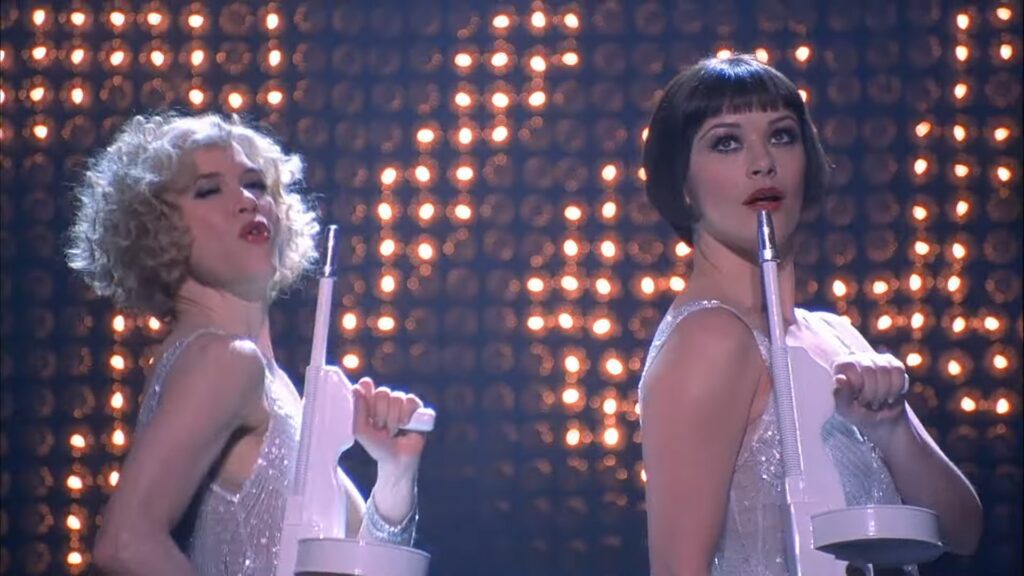
Photo Credit: Miramax
Outside of his work in film, Fosse’s best-known work is probably his stage play Chicago. A song from Chicago is literally used as the title for this film. The musical was eventually turned into a film directed by Rob Marshall. Rob Marshall’s Chicago is not one of my favorite films, but it was a smash sensation upon its release. It won Oscars, catapulted careers for up-and-coming actors, and revitalized what a musical film would be. It’s also a film that feels outrageously removed from the directorial work of Bob Fosse.
Bob Fosse is known not just for his direction but his choreography. His dance routines are probably his greatest contribution to the arts second only to his cinematography of shooting dance numbers. Cabaret, his 1972 film, is a perfect example of this. He places the camera on the stage with the actors. As an audience watching the film, we feel like we are part of the performance, not just witnessing the spectacle. All That Jazz is a film in many ways about work left unfinished and it’s impossible to not watch this film and think what a Bob Fosse Chicago film would look like.
None Of That Jazz
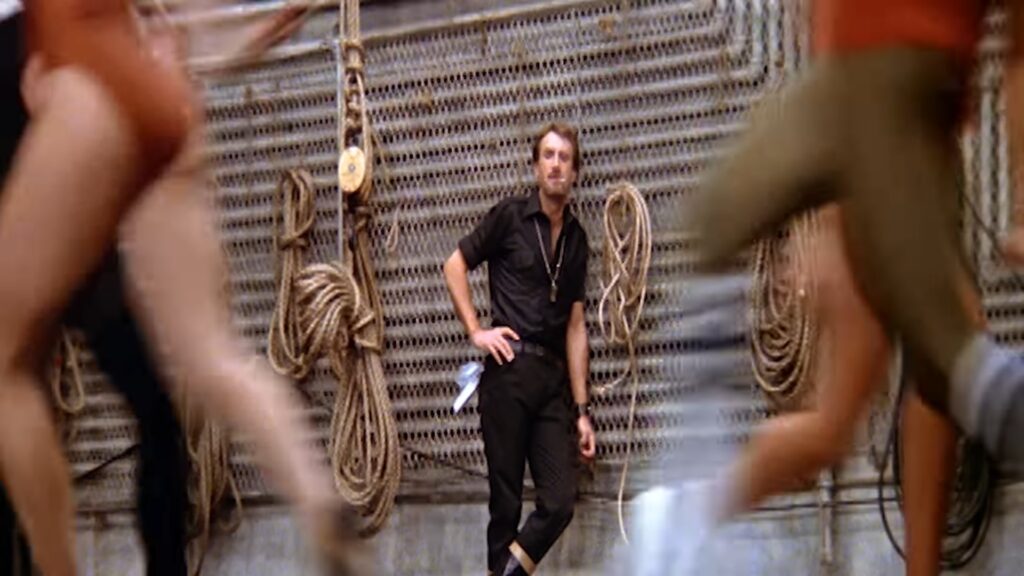
Photo Credit: 20th Century Fox
For all the big scenes and huge numbers in Chicago and Fosse’s other work, All That Jazz is relatively contained. The only big musical number really comes at the end. The end of the film and the end of the film’s hero Joe Gideon. Joe takes center stage in a hospital bed in a dream-like sequence watching his greatest and worst moments play out in front of him. Until finally the mic is given over to him and he sings “Bye Bye Life” to a cheering crowd.
Gideon wants to die the way he lived. Surrounding by praise and adoration. Instead, when the camera leaves this dream world we see his true end. A lonely death in a hospital room. And that is his true fear. Not just leaving work left unfinished, but leaving this Earth the same way we all do. With no pomp and no jazz.
All That Jazz

All That Jazz is a film that taps deep into our deepest darkest fears. And it does so on the biggest stage with tons of cheering fans before bursting our bubble and sending us back to reality. Joe Gideon has lived his life fast and hard. He’s buried himself in his work, self-medicates to keep up this fast-paced cadence, and never allows anyone, even his multiple lovers, to get close to knowing the true man. Gideon may not even know himself. It’s only when faced with death, the circumstance, and the physical manifestation, that he truly learns who he is. And he doesn’t like it.
All That Jazz is a sad movie but there’s a juxtaposition between the regret we feel and the film we see. The film starts with rehearsal practices. Everything is raw and underperformed. The dancers are in sweats and no one is in the audience. But at the end when Gideon is dying, the film moves into these big spectacle song and dance numbers. The film tricks us by hiding the pain and fear of death behind beautiful sets, fantastic dance numbers, and catchy tunes. A trick Fosse used his whole life. All That Jazz isn’t just autobiographical because it closely resembles Fosse’s life. But because Joe Gideon plays the same tricks on the audience Fosse has been playing for years. Behind the spectacle is a sadness. And for two hours Fosse let us look behind this spectacle and in turn, made his greatest film.



